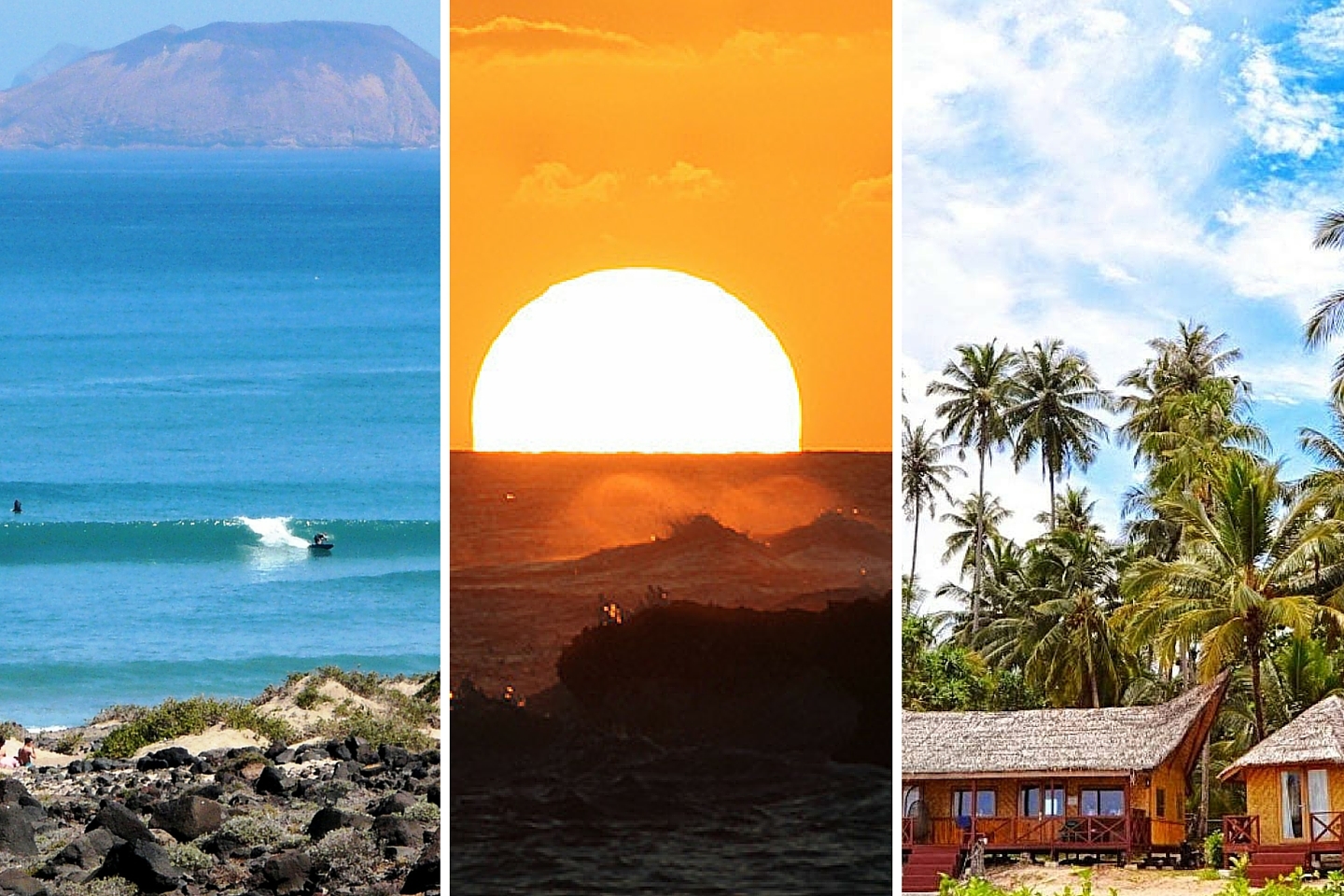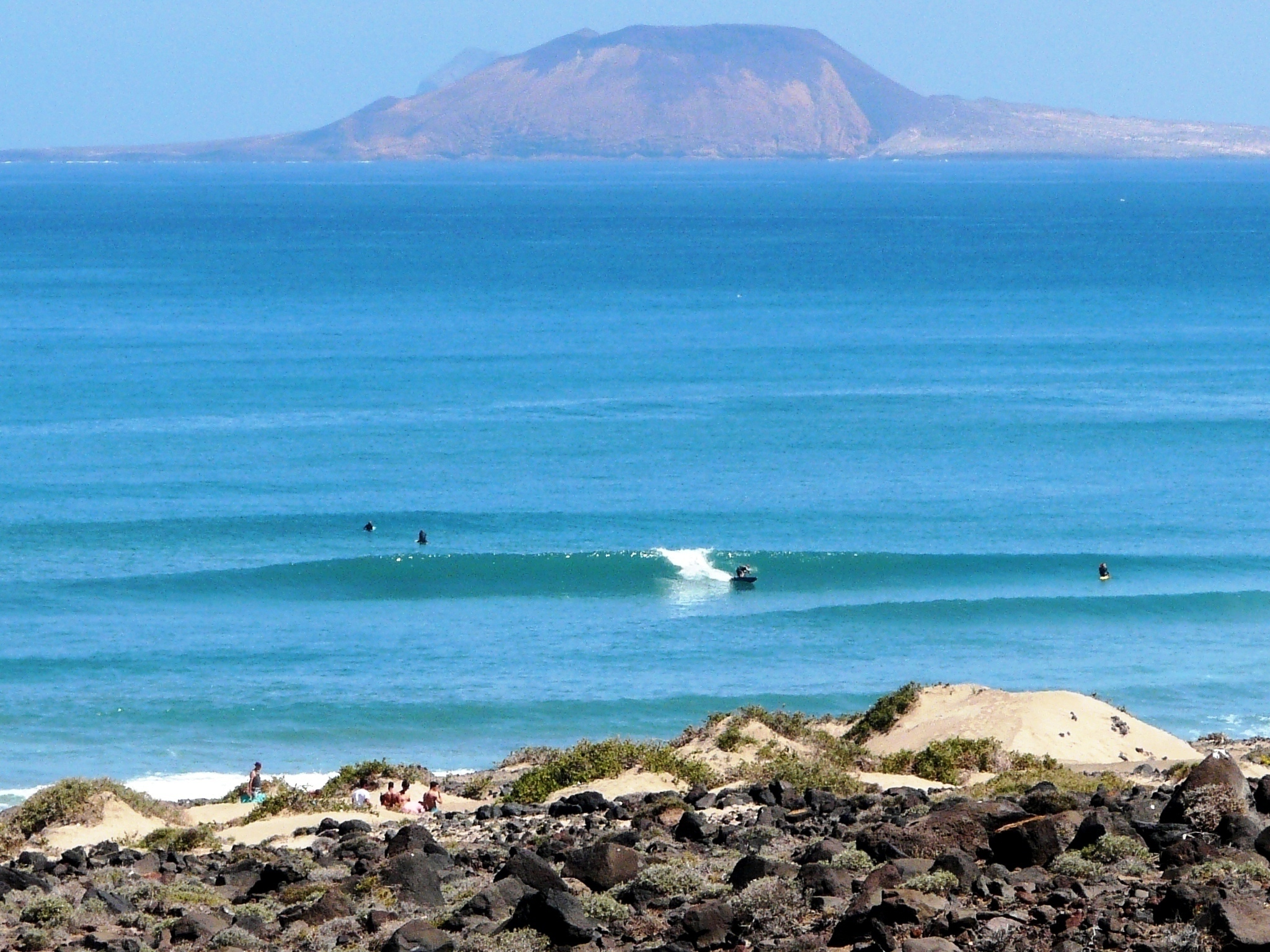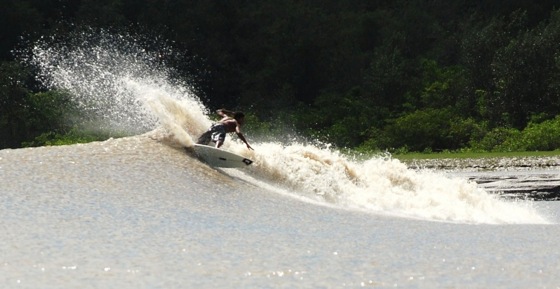
Imagine surfing a wave for 7 miles- it would have to be a dream, right? Amazingly this is entirely possible when natural tidal conditions come together with certain rivers in the world, creating something called a tidal bore. Surfers around the world have been seeking out these river waves since the 1950s, and have even discovered standing river waves whilst they were at it. So how does it all work?
There are two types of river wave, the tidal bore and standing waves. The tidal bore can provide miles of continuous wave, when a Spring tidal push combines with the sudden narrowing of a large river mouth, creating a flood surge upstream.
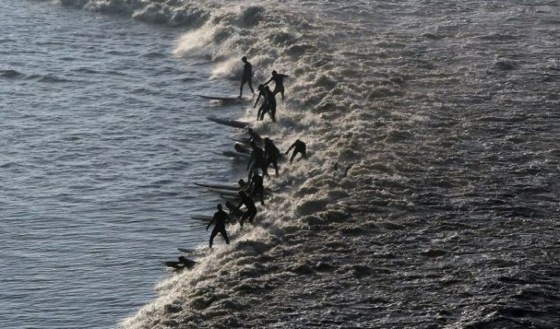

One of the most popular examples of this is if found on the River Severn, Gloucester, UK. Each Spring hundreds of surfers travel to take part in the riding of the bore, and attempting to set world records for the longest ride. An unofficial ride of 7.6 miles has been claimed by Steve King (UK), but generally the bore generates rides of a couple of miles for most surfers.
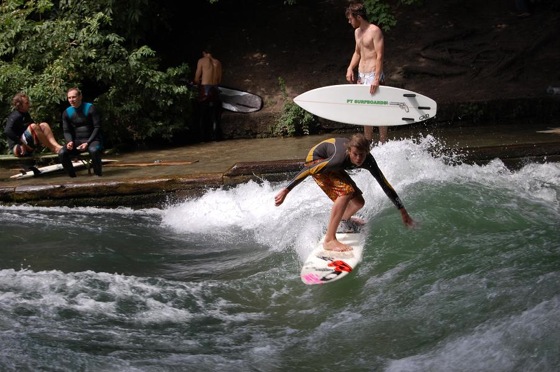

The other type of very popular river surfing is the standing wave. This type of wave is stationary, as it is created by either a depression in the river or a rock that forces the water up to produce a wave. The sport has been around since the 1970s when surfers in Munich discovered that Eisbach River, Germany had a perfect standing wave. Since then standing waves have been both found or made around the globe, and there are even schools teaching people how to river surf.
For an idea of just how good river surfing can be, take a look at this video of surfers making the most of the tidal bore on the Araguari River in Brazil.




 Francesca Bingley
Francesca Bingley

